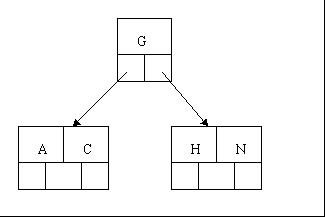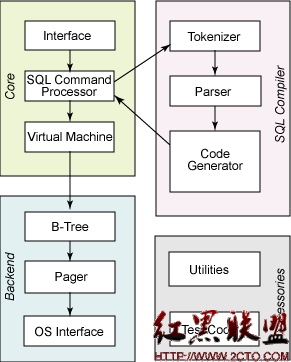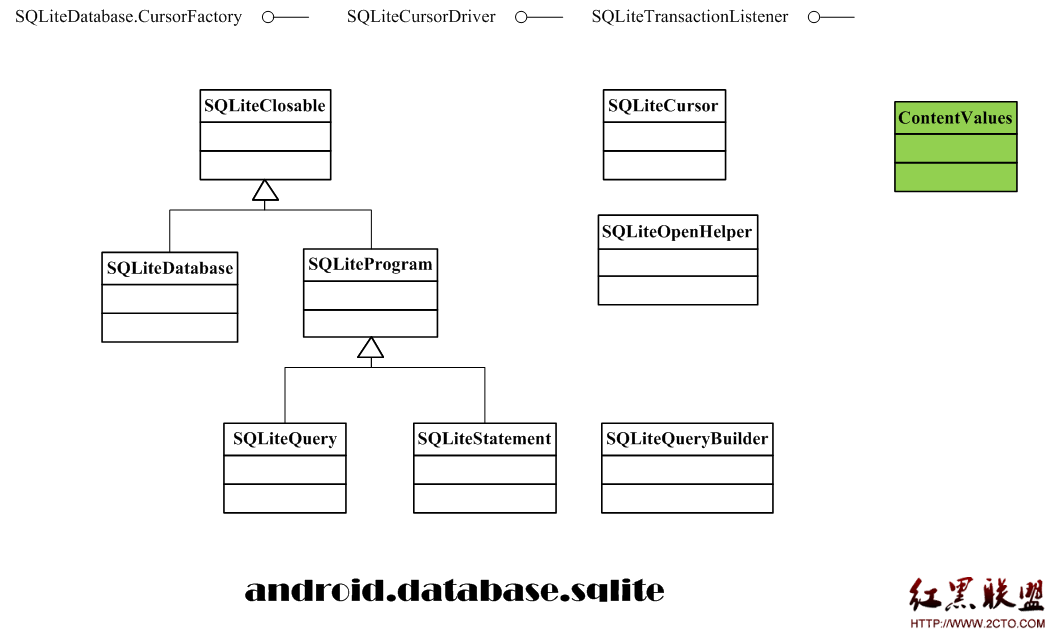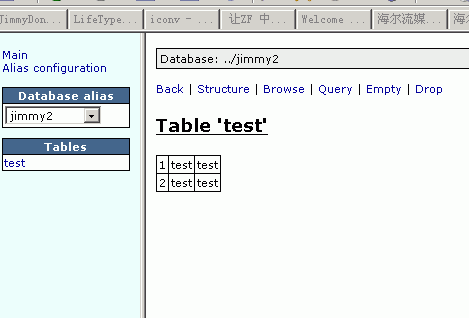android序列化与反序列话HashMap到sqlite数据库
1.首先给出序列化与反序列化工具类
[html]
public class SerializableInterface {
public SerializableInterface(){
}
public static byte[] serialize(HashMap<String, String> hashMap){
try {
ByteArrayOutputStream mem_out = new ByteArrayOutputStream();
ObjectOutputStream out = new ObjectOutputStream(mem_out);
out.writeObject(hashMap);
out.close();
mem_out.close();
byte[] bytes = mem_out.toByteArray();
return bytes;
} catch (IOException e) {
return null;
}
}
public static HashMap<String, String> deserialize(byte[] bytes){
try {
ByteArrayInputStream mem_in = new ByteArrayInputStream(bytes);
ObjectInputStream in = new ObjectInputStream(mem_in);
HashMap<String, String> hashMap = (HashMap<String, String>)in.readObject();
in.close();
mem_in.close();
return hashMap;
} catch (StreamCorruptedException e) {
return null;
} catch (ClassNotFoundException e) {
return null;
} catch (IOException e) {
return null;
}
}
}
2.定义一个方法获取学生的信息,其中家庭成员信息保存在hashmap后,序列化到sqlite
[html]
public ArrayList<ContentValues> formatStudentInfo() {
ArrayList<ContentValues> valueArr = null;
ContentValues values = null;
HashMap<String, String> map = null;
valueArr = new ArrayList<ContentValues>();
//第一组数据 www.zzzyk.com
values = new ContentValues(3);
values.put("name", "david");
values.put("class","0502");
map = new HashMap<String, String>();
map.put("mom", "lucy");
map.put("dad", "jack");
byte[] bytes = SerializableInterface.serialize(map);
values.put("family", bytes);
valueArr.add(values);
//第二组数据
values = new ContentValues(3);
values.put("name", "joy");
values.put("class","0502");
map = new HashMap<String, String>();
map.put("mom", "mary");
map.put("dad", "json");
bytes = SerializableInterface.serialize(map);
values.put("family", bytes);
valueArr.add(values);
return valueArr;
}
3.调用数据库的操作类将
[html]
formatStudentInfo返回的数据insert到数据库。
这个方法应该放在自己写的继承了SQLiteOpenHelper的类中
public void insertAll(String databaseName,
ArrayList<ContentValues> valuesArr) {
SQLiteDatabase db = getWritableDatabase();
db.beginTransaction();
for (ContentValues val : valuesArr) {
db.insert(databaseName, null, val);
}
db.setTransactionSuccessful();
db.endTransaction();
db.close();
}
读取的时候调用
Cursor cursor db.query("fix your self");
.......
//通过getBlob方法获取bytes后反序列化得到map对象,参数x是序列化字段所在的列数(从0开始计数)。
byte[] bytes = cursor.getBlob(x);
HashMap<String, String> map = SerializableInterface.deserialize(bytes);
以上仅是对序列化与反序列化HashMap对象做一个简单的介绍,代码并不完整,数据库操作部分需要自己补充完整。
摘自 weidawei0609的专栏
补充:移动开发 , Android ,




